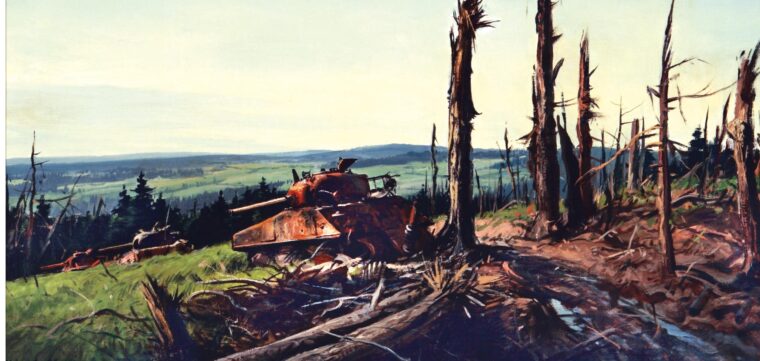
European Theater
The meatgrinder of the Hürtgen Forest bedeviled American forces in the autumn of 1944.
Seventy-eight years ago, the U.S. First Army was embroiled in the longest battle of World War II fought on German soil. Read more
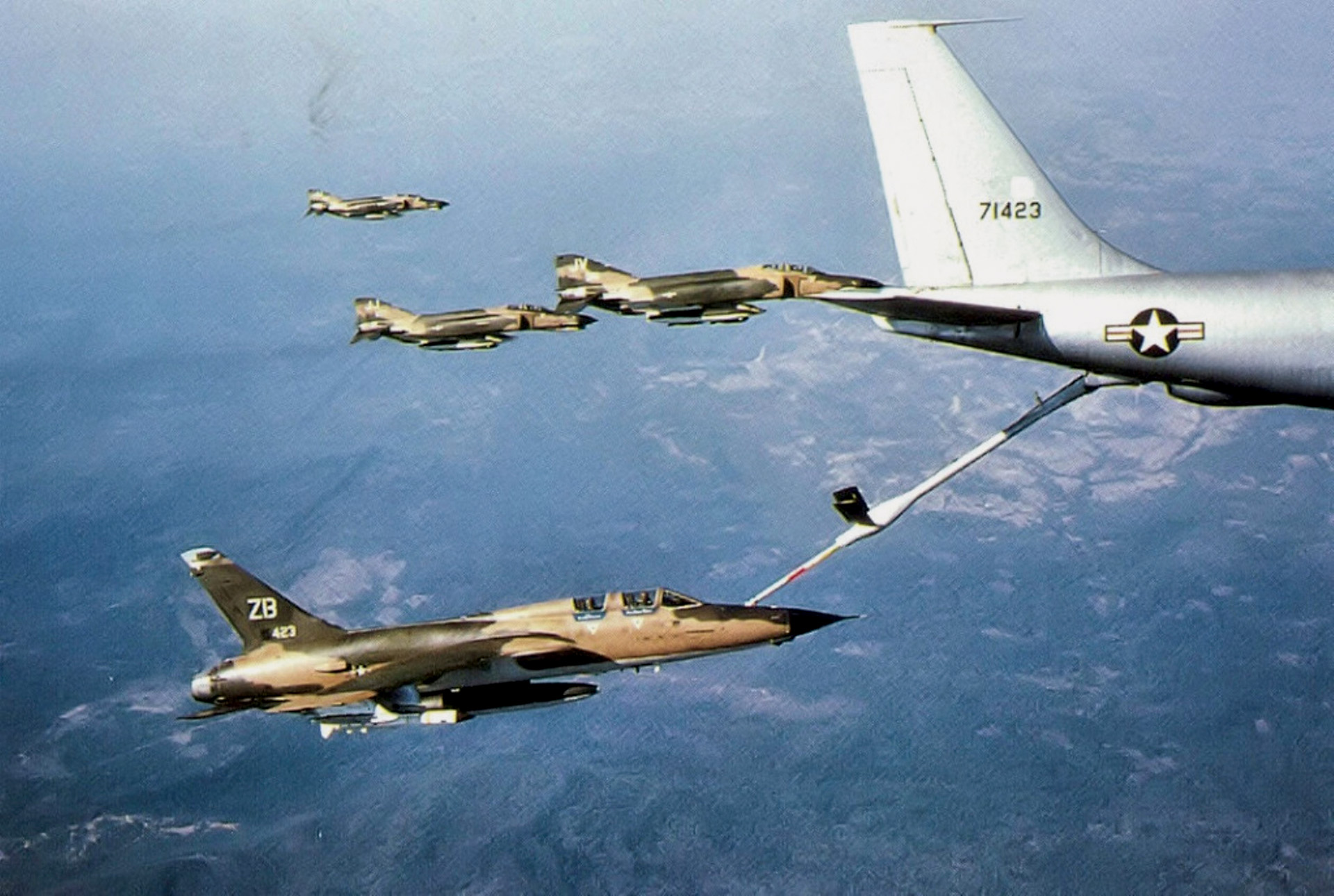

European Theater
Seventy-eight years ago, the U.S. First Army was embroiled in the longest battle of World War II fought on German soil. Read more
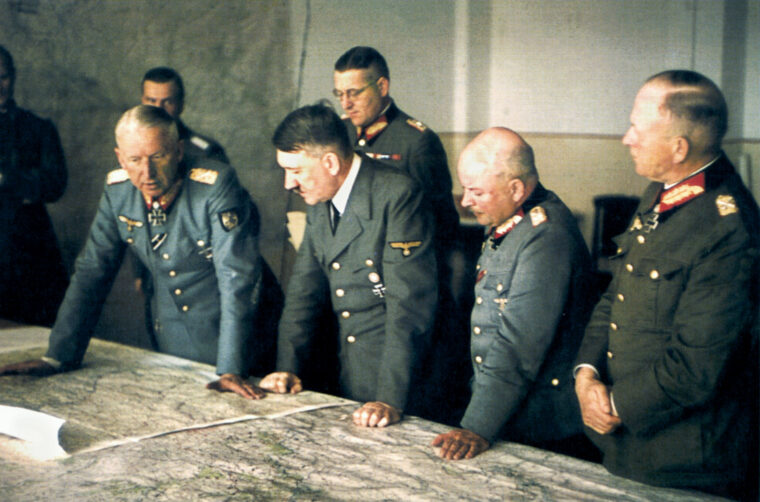
European Theater
With all it had going for it, how did Germany manage to lose World War II? There are many answers to this deceptively simple question, including the obvious one that the Allies had the technical and industrial advantage. Read more
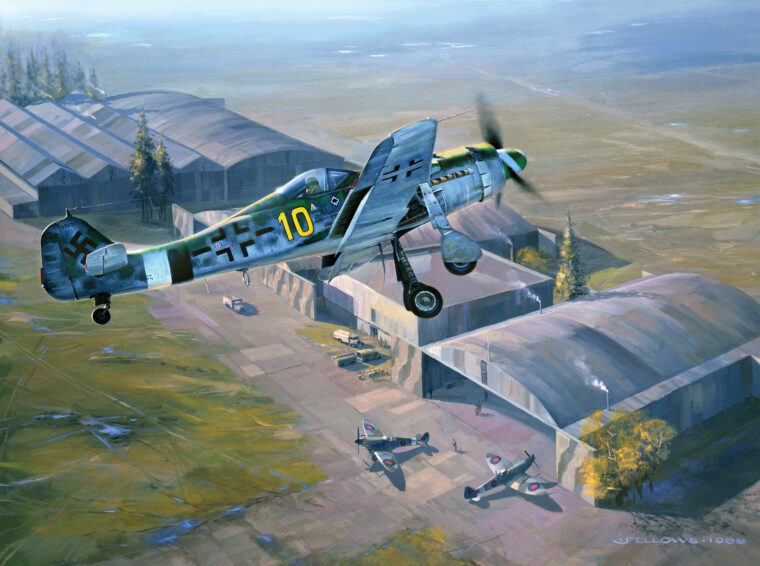
European Theater
An American advertising poster for one of their bombers showed a cartoon of a smiling pilot over the captioned question, “Who’s afraid of the big Focke-Wulf?” Read more
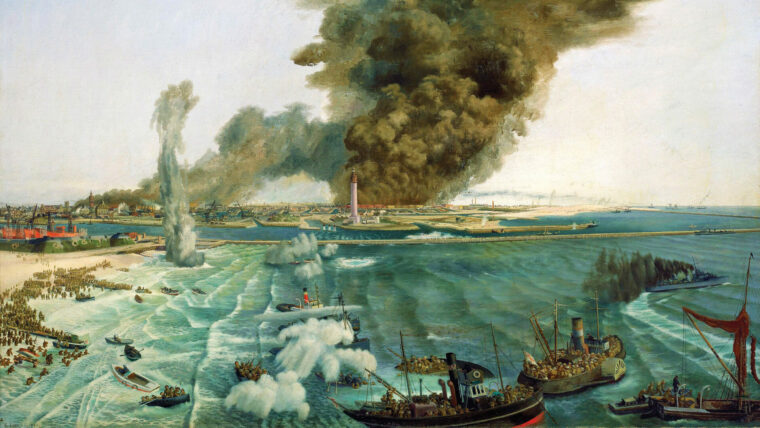
European Theater
As aptly stated by historian Max Hastings in his book Warriors, “the leaders most readily admired by fellow-soldiers are those who seem committed to do their duty, and also to bring every possible man home alive.” Read more
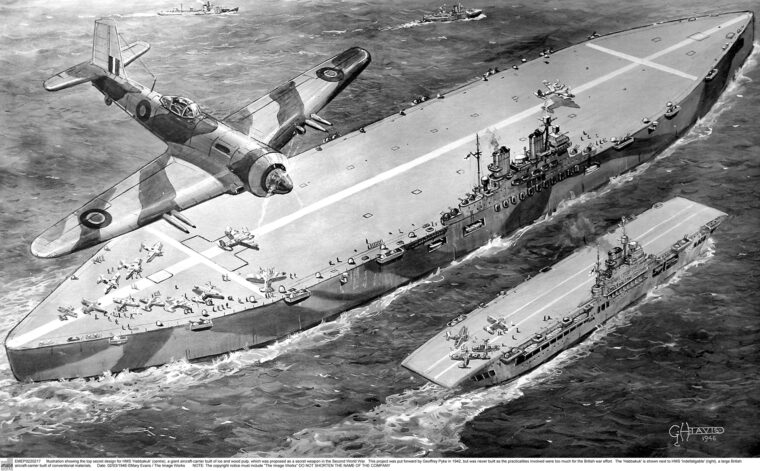
European Theater
While the Battle of Britain raged and a German invasion was feared in the sunny, tense summer of 1940, Prime Minister Winston Churchill took time to create an organization that would exemplify his offensive spirit, his love of gadgets and innovations, and his use of cronies. Read more
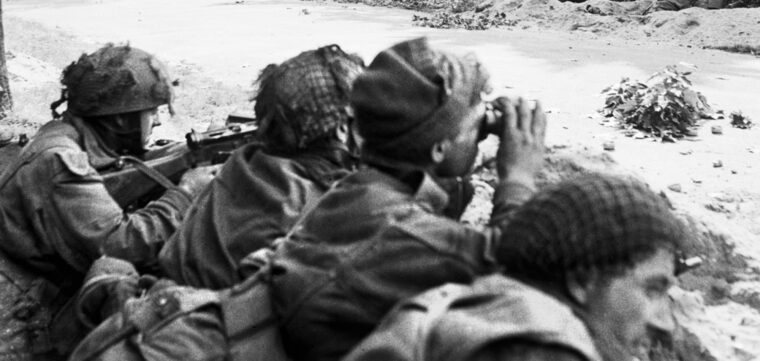
European Theater
American Generals privately gloated over the failure of British Field Marshal Bernard Montgomery’s Operation Market Garden in September 1944. The British had conceived the idea, although Allied units from many nations participated in the operation. Read more
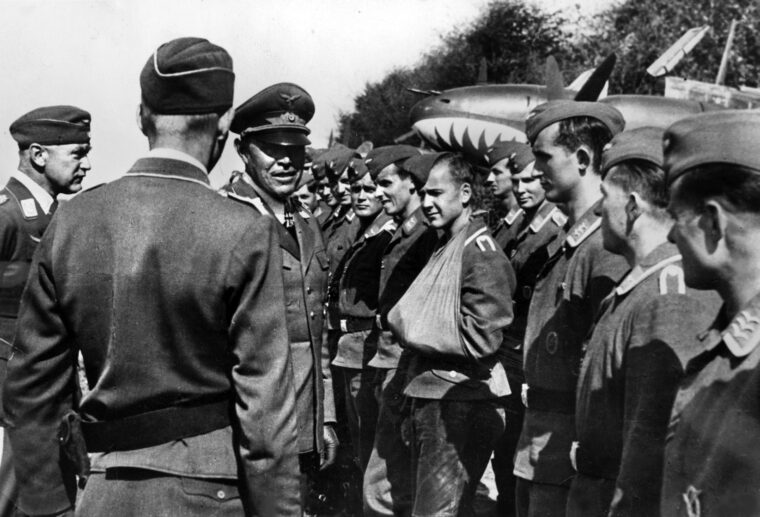
European Theater
He was seemingly everywhere—Poland, France, Holland, Italy, and the western front during the last days of the Third Reich. Read more
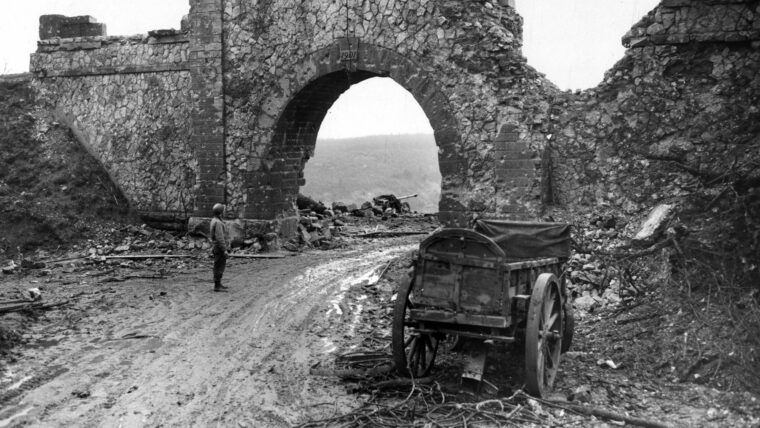
European Theater
The road to Fort Driant began for the United States Third Army when it landed on Utah Beach at 3 pm on August 5, 1944. Read more
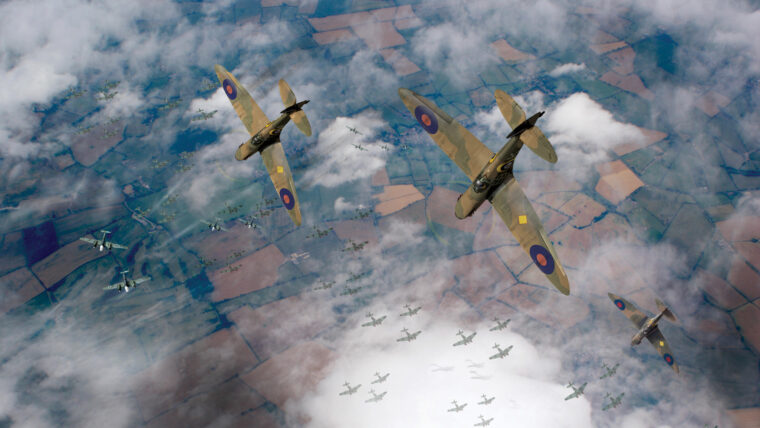
European Theater
“I say, better wake up.”
Red Tobin opened one eye, rolled over, and found his squadron mate, Pilot Officer John Dundas, shaking him by the shoulder and staring into his face. Read more
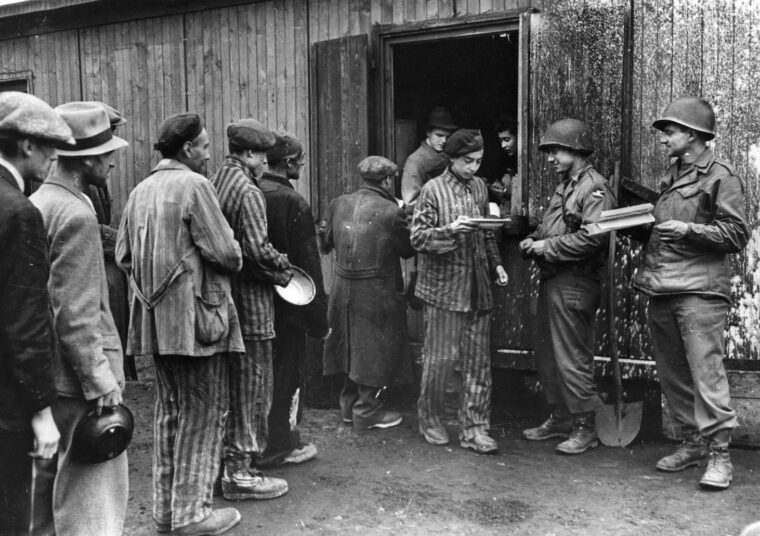
European Theater
In November 1944, a young American soldier wrote back to his parents in the Washington Heights neighborhood of Manhattan. Read more
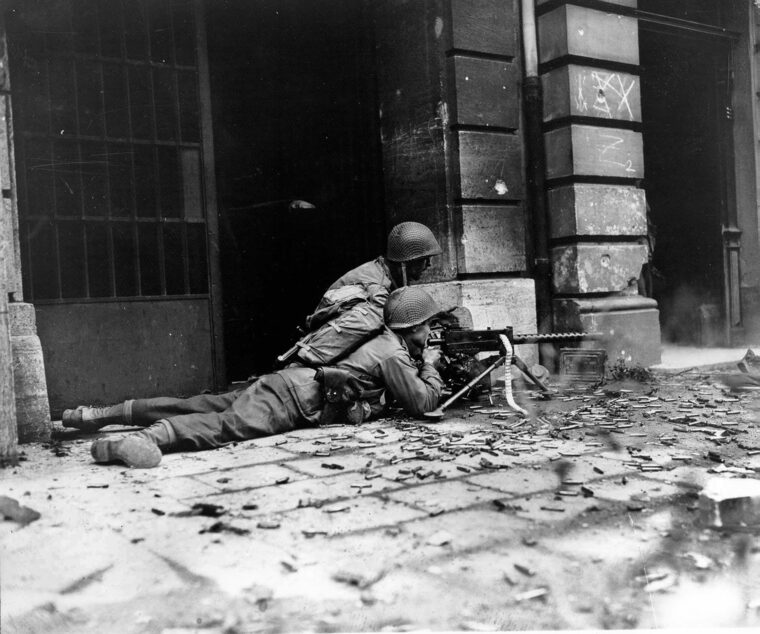
European Theater
With weapons at the ready, the American squad advanced cautiously on both sides of the tree-lined boulevard toward the German strongpoint in Aachen. Read more
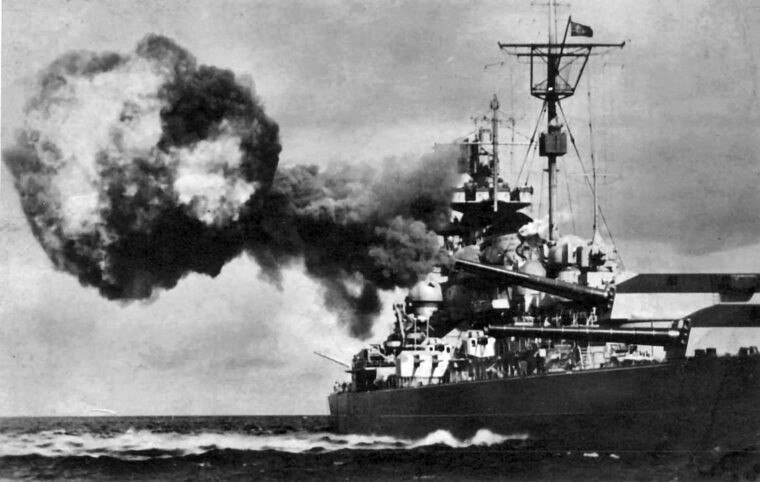
European Theater
April 1, 1939, was a red-letter day in the history of the reborn German Kriegsmarine for two key reasons. Read more
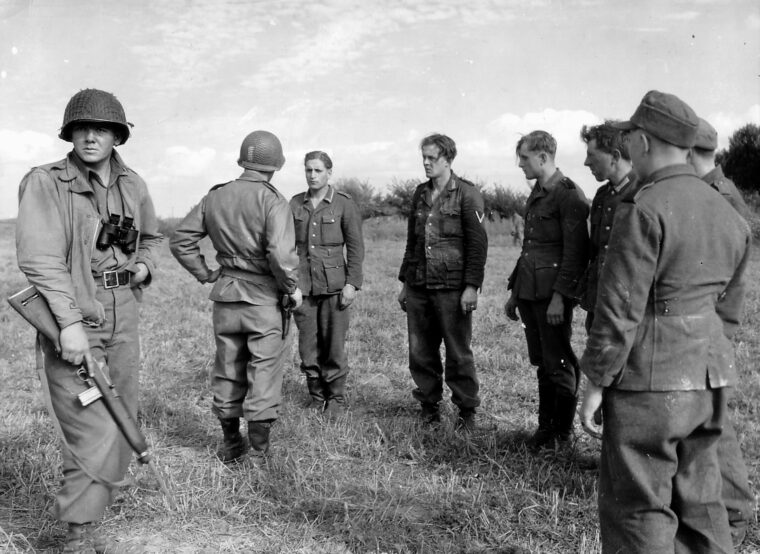
European Theater
Stephan H. Lewy was young, militarily inexperienced, and A Most unlikely American soldier. Yet when he reached Utah Beach 30 days after D-Day, he was all business as a staff sergeant in U.S. Read more
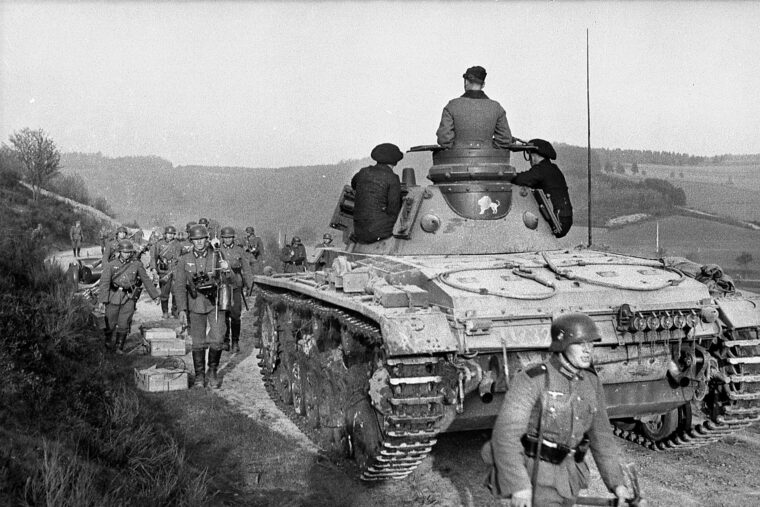
European Theater
Tanks—seven divisions of them concentrated at one point, the weakest position in the Western defenses—that was what did it.” Read more
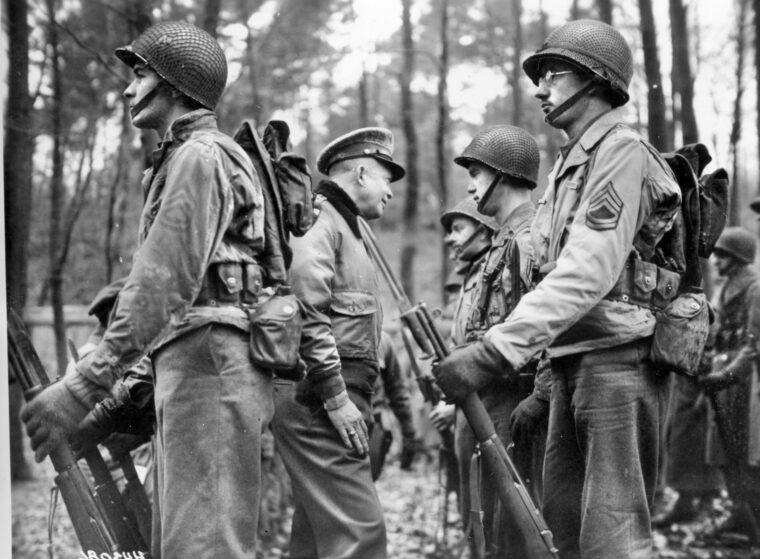
European Theater
General Dwight D. Eisenhower enjoyed visiting troops in the field. After the Battle of Normandy and the race across France, the Supreme Allied Commander toured the front in mid-November, 1944. Read more
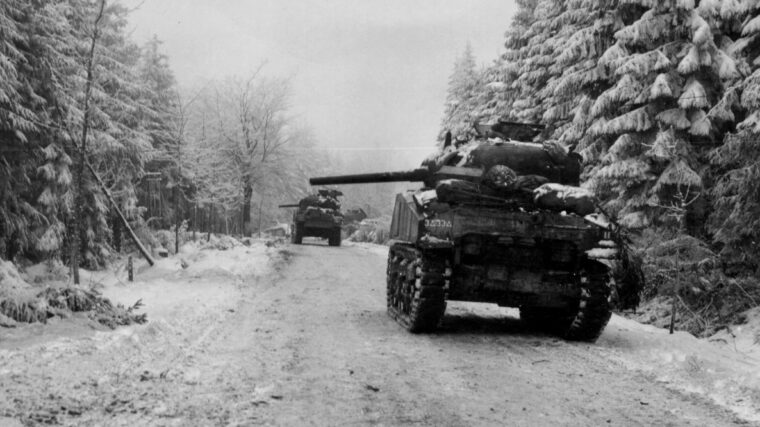
European Theater
By mid-December 1944, the 3rd Battalion, 33rd Armored Regiment, Third Armored Division “Spearhead” had seen plenty of action. Read more
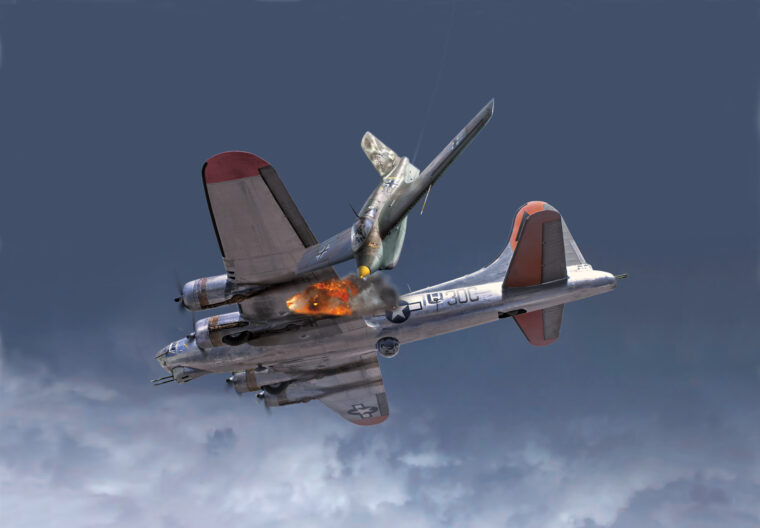
European Theater
The Germans called it the “Komet” and the “Devil’s Broomstick,” for the incredible speed with which it reached its altitude of 30,000 feet, achieving 0.84 Mach while doing so. Read more
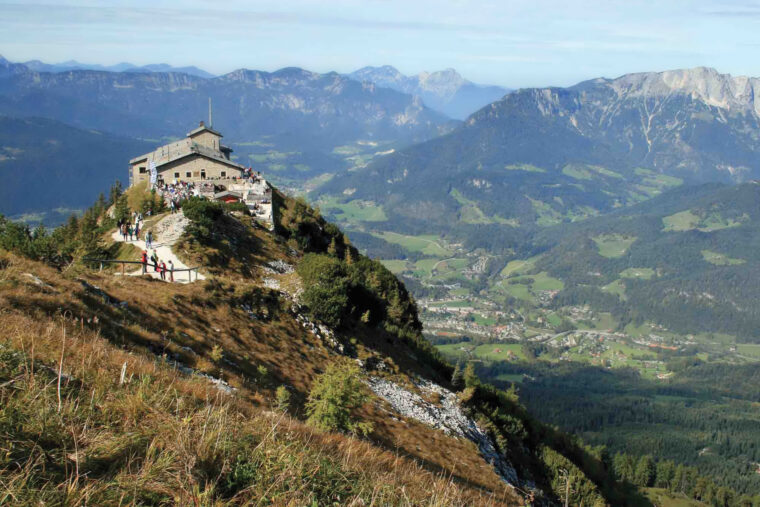
European Theater
When a friend from Wolsey, South Dakota, asked Alven Baker why he was joining the army in 1941 and not another branch of the service, he replied, “To capture Adolf Hitler.” Read more
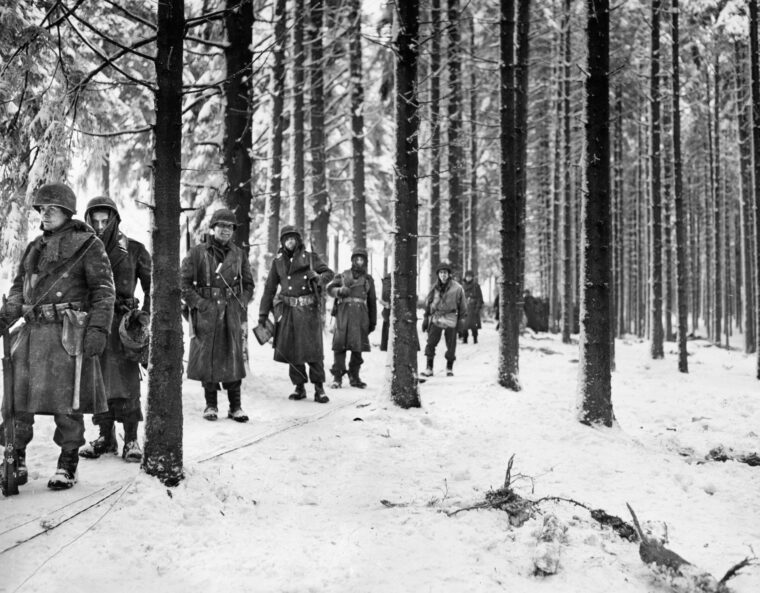
European Theater
Staff Sergeant Darrell Bush had just carried a wounded soldier on his back to the rear when five enemy bullets seemed to hit him simultaneously. Read more
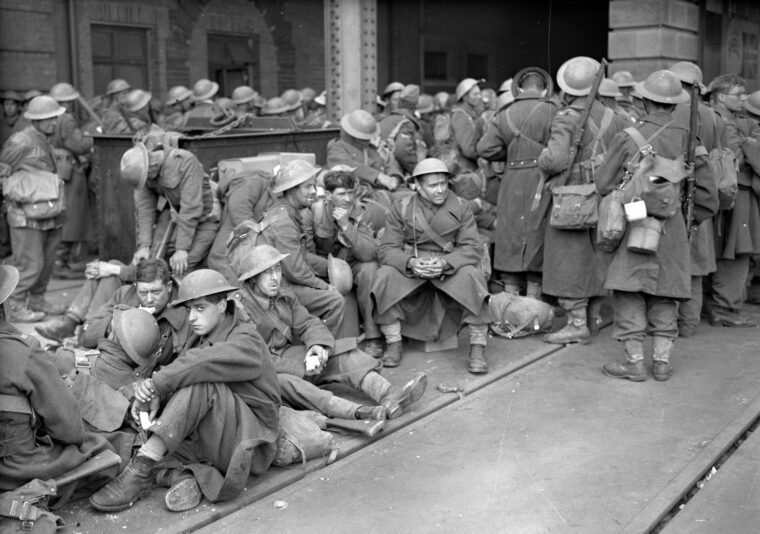
European Theater
Within days of Nazi Germany’s invasion of Poland on September 1, 1939, and the British declaration of war two days later, the vanguard of the British Expeditionary Force (BEF) arrived on the continent of Europe. Read more